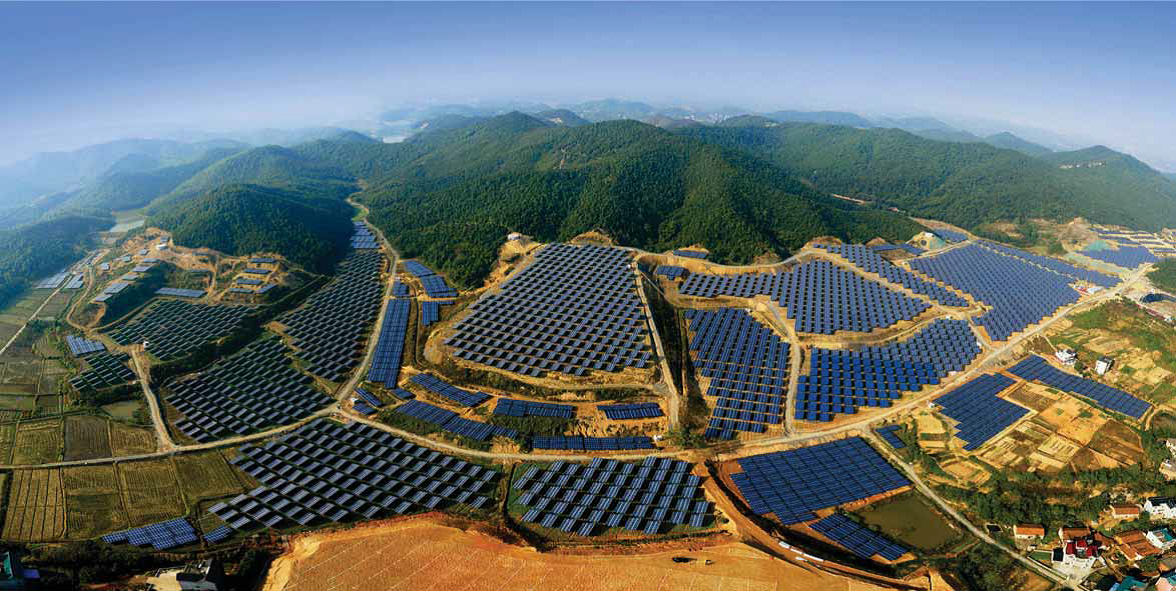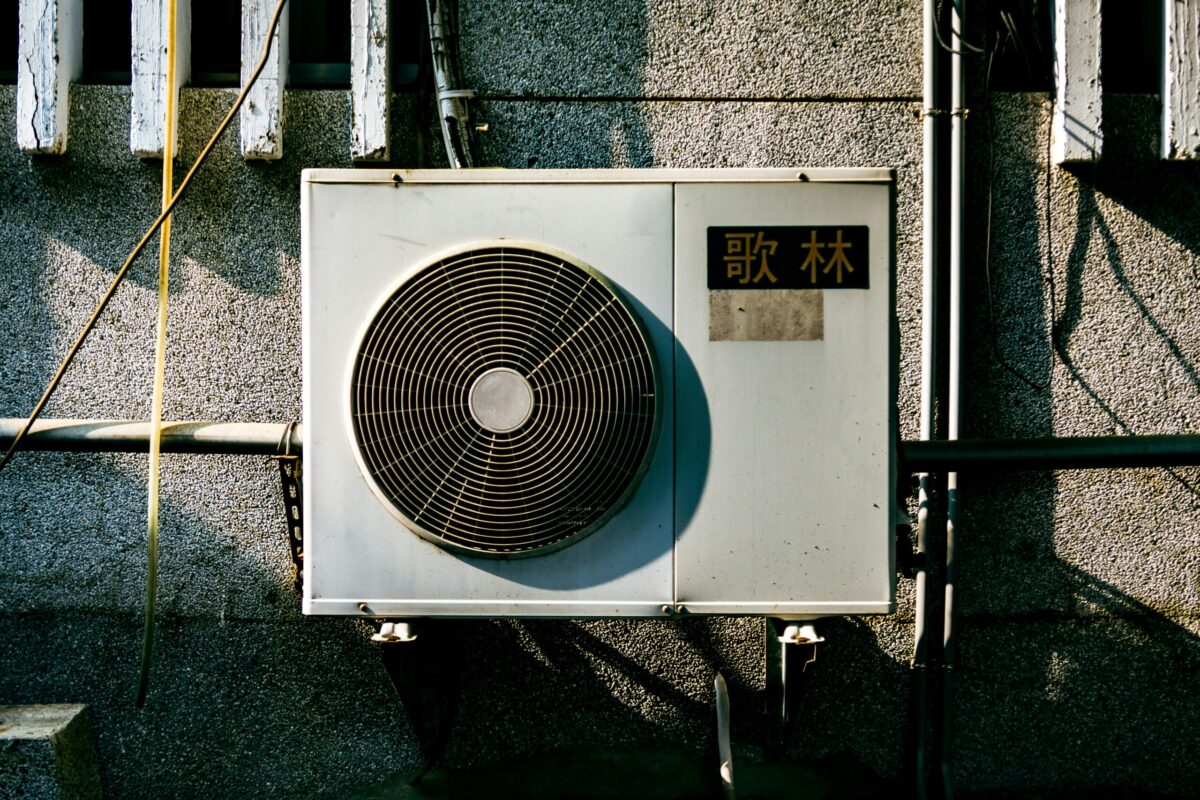The week’s biggest news, perhaps unsurprisingly, came from China. The country has long been at the centre not just of the PV industry – where it dominates the manufacturing of modules, and is the world’s largest market – but also for storage, clean energy investment and renewables as a whole.
A new report by the Institute for Energy Economics and Financial Analysis (IEEFA) examines China’s dominance of the clean energy industry, noting that the country’s clean energy investments increased by US$32 billion in 2016 alone and now amount to a total $103 billion, 2.5 times that of their closest competitor.
The report also outlines big moves in the Lithium-ion industry. Tianqi Lithium is now the world’s largest manufacturer, and Chinese companies are looking to push Tesla off the top spot for electric vehichles and lithium-ion batteries.
Further information published by China’s National Energy Agency (NEA) show that this total investment could increase to US$361 billion by 2020. In spite of these enormous numbers, and installation figures, renewables will still likely only account 15% of China’s consumption over the next 3 years, demonstrating the nation’s insatiable thirst for energy.
Suntech announces 20% efficiency for mass-production multi-PERC cell
The PV industry’s new norm of very low module prices has left manufacturers scrambling for better efficiences and innovative technologies, both to bring down production costs and develop cutting edge products that can differentiate from the wider module market.
In the latest chapter of this ongoing saga, Chinese manufacturer Suntech this week announced the achievement of 20% efficiency for a mass production PERC cell. This will likely be the first of many breakthrough technology announcements in 2017, as big investments in research and development across the industry continue to push efficiencies higher, and the overall cost of solar energy lowers.
India at the top table
India has silenced its critics with huge installation figures in 2016, and this looks set to continue into the future. The Solar Energy Corporation of India announced this week that it has 2.3 GW worth of projects about to be tendered, and a 500 MW tender in Tamil Nadu has already begun accepting bids.
India’s rooftop sector also looks set to flourish, and the government’s Make in India initiative is providing support to a burgeoning manufacturing segment. This will all come as welcome news to the country’s solar developers, but there will no doubt be some real competition coming up between them. A recent report by analysts Mercom Capital placed Tata Power at the top of the pile for developers, but they’ll be checking their rearview mirrors nervously for Adani, which has an enormous 1.2 GW pipeline in development.
Meanwhile, on the inverter market, Swiss company ABB remains India’s preferred supplier, although a push from Chinese manufacturers is expected to begin shortly.
Solar corporate funding falls 64%, Global investment down 32%
As the annual statistics for 2016 keep rolling in, solar’s impressive installation figures would appear to be contradicted by the enormous reduction in corporate funding, estimated by Mercom to have fallen 64% to US$9.1 billion globally.
China’s module price crash, and the slowdown in the U.S. rooftop segment are picked out as causes for the fall. Some parts of the industry managed to escape relatively unscathed, however, with distributed generation and commercial installations posting more encouraging numbers.
Bloomberg New Energy Finance (BNEF) also reported a big drop, with global investment in solar down by 32% for the year, at the sharp end of an overall 18% drop in renewables investment. In spite of this, BNEF’s calculations showed a 20% increase in installations over 2015, as large markets such as China shift focus from building capacity to ensuring that grids are in place to get the most out of it.
Policy Problems
European solar has been shrouded in uncertainty for some time now, and a new report published by Ecofys and funded by the European Climate Foundation suggests that better policy support could reduce investment risk, and ease the initial funding of solar projects. The report is focused on countries in South-eastern Europe, and notes that higher risks associated with a project lead to a higher cost of capital.
Another report, from trade body Solar Power Europe, outlines the importance of innovative business models and financing methods for the continent’s solar future. Whether it comes from policy support or private sector innovation, it seems clear that Europe’s solar industry is due for a bit of a boost.
Vivint Solar secures US$303 million in fresh financing
The U.S. rooftop sector started the year with some good news, as residential system provider Vivint Solar announced that it has secured US$303 milllion in finance. This should allow the company to get back on track, after a tricky 2016 where a failed merger frustrated ambitions.
Good news from emerging markets
The largest of PV investment can now be found spread across many of the globe’s emerging markets. A few more players are looking ready to burst onto the solar scene, with El Salvador conducting its second auction for 120 MW, where winning prices started below US$50/MWh.
Swiss company New Energy Solutions is set to begin construction in March on four PV projects in Iran, with a combined capacity of 120 MW. Over in Morocco, renewable energy agency Masen has signed a 20-year PPA with ACWA Power for 170 MW of PV capacity, and U.S. heterojunction specialists Natcore gained initial approval for a 200 MW project in Vietnam.
This content is protected by copyright and may not be reused. If you want to cooperate with us and would like to reuse some of our content, please contact: editors@pv-magazine.com.




By submitting this form you agree to pv magazine using your data for the purposes of publishing your comment.
Your personal data will only be disclosed or otherwise transmitted to third parties for the purposes of spam filtering or if this is necessary for technical maintenance of the website. Any other transfer to third parties will not take place unless this is justified on the basis of applicable data protection regulations or if pv magazine is legally obliged to do so.
You may revoke this consent at any time with effect for the future, in which case your personal data will be deleted immediately. Otherwise, your data will be deleted if pv magazine has processed your request or the purpose of data storage is fulfilled.
Further information on data privacy can be found in our Data Protection Policy.